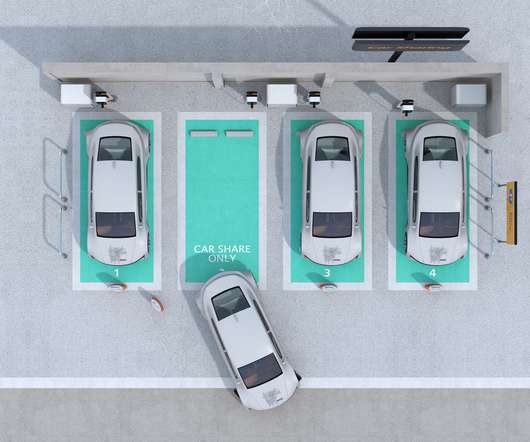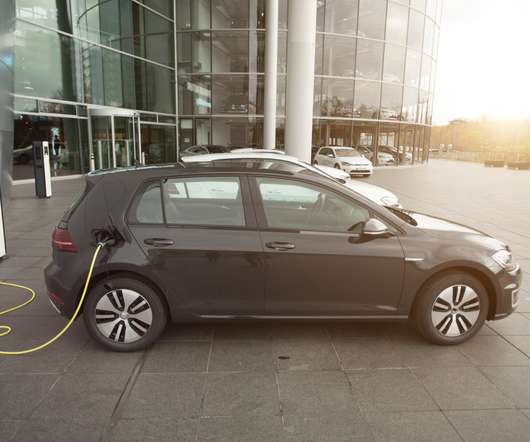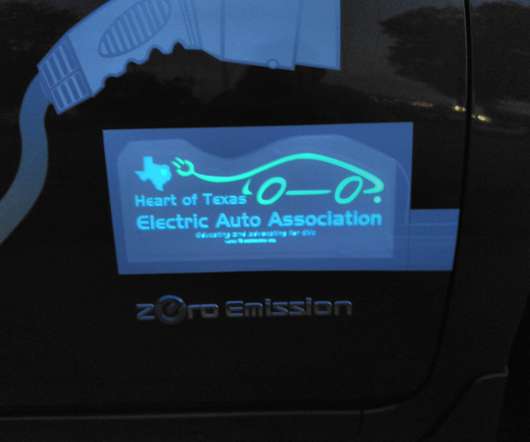ORNL study finds best current use of natural gas for cars is efficient production of electricity for EVs
Green Car Congress
SEPTEMBER 24, 2014
However, they also noted, high PTW efficiencies and the moderate fuel economies of current compressed natural gas vehicles (CNGVs) make them a viable option as well. The study investigated the the WTW energy and emissions from the use of natural gas in CNGVs with a range of CNGV fuel economy and natural gas compressor efficiency.































Let's personalize your content